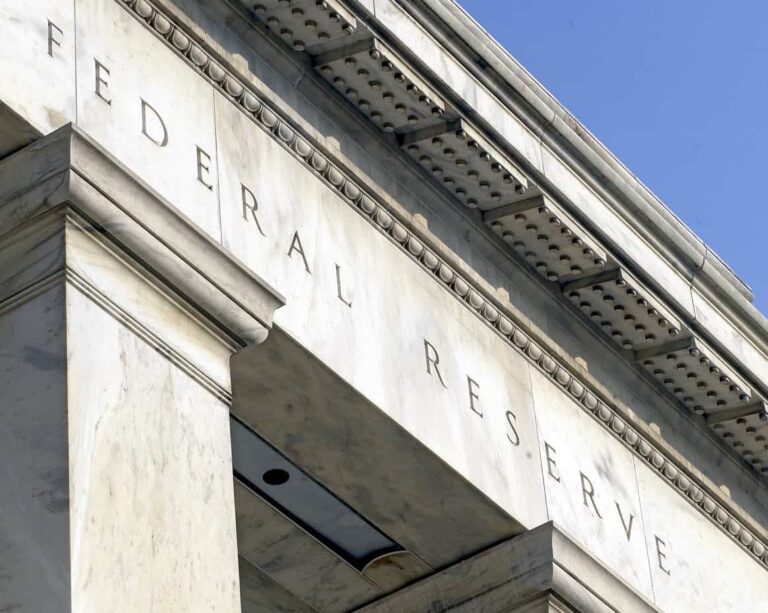Chairman Jerome Powell’s message after the July meeting was that the Fed has entered a data-dependent phase after one of the fastest rate hike cycles on record.
Powell signalled that future monetary policy decisions will depend entirely on how the economy performs in the coming months.
Table of Contents
The Fed scenario
Our baseline scenario still predicts that the US economy will enter a mild recession at the end of this year or early next year, sufficient to push the unemployment rate higher and help inflation return fully to target.
This forecast, combined with the cooling of inflation in the second half of the year, implies that July could be the last upturn in this cycle. However, if the economy (and the labour market) continue to prove resilient, inflation is likely to stabilise uncomfortably above target, necessitating more restrictive policy.
What will happen to inflation
The outlook for US inflation is improving, at least for now. After trending sideways in the first half of 2023, inflation could fall rapidly in the second half as pandemic-related price distortions run their course or even reverse. The key factors are:
- the apparent end of the price level adjustments induced by the fiscal stimulus. After an initial shock brought the real M2 money supply above its historical trend of 20%, rising inflation and some normalisation of the Fed’s balance sheet brought the real value of money back on trend;
- a substantial normalisation of supply constraints that had worsened demand inflation due to fiscal policy. Inflation driven by commodity prices is significantly lower. For example, wholesale steel and used car prices are falling and spot shipping costs, particularly on China-US West Coast routes, have normalised;
- rental inflation is moderating. Data indicate that rental inflation, both for new and renewed contracts, is slowing down. The last three US Consumer Price Index (CPI) inflation reports underscore these trends.
In light of these recent trends, the Fed’s latest median forecast (as of June) for the 2023 core PCE of 3.9% appears high.
Here are the Fed’s next steps
However, the improving inflation outlook does not change our scepticism about achieving a ‘soft landing’ of the economy, where inflation sustainably returns to target without a concomitant rise in the unemployment rate (and subsequent recession).
US nominal wage inflation remains high and, in the absence of a recession, core inflation is likely to rise again in 2024, a scenario that Fed officials will try to avoid. Although real wage inflation has turned positive recently, this follows a year or more of slow nominal wage adjustments.
Recession likely in the United States
Our baseline scenario still expects the US economy to enter a mild recession later this year or early next. This should be enough to raise unemployment and help inflation return fully to target on a sustained basis, giving Fed officials more confidence in their anti-inflation campaign.
Our recession expectations and the cooling of inflation in the second half of the year imply that July could be the last hike in this cycle. However, if the economy and labour market continue to prove robust, inflation is likely to call for tighter policy.
Read also: Mortgages and interest rates: the relationship with inflation












